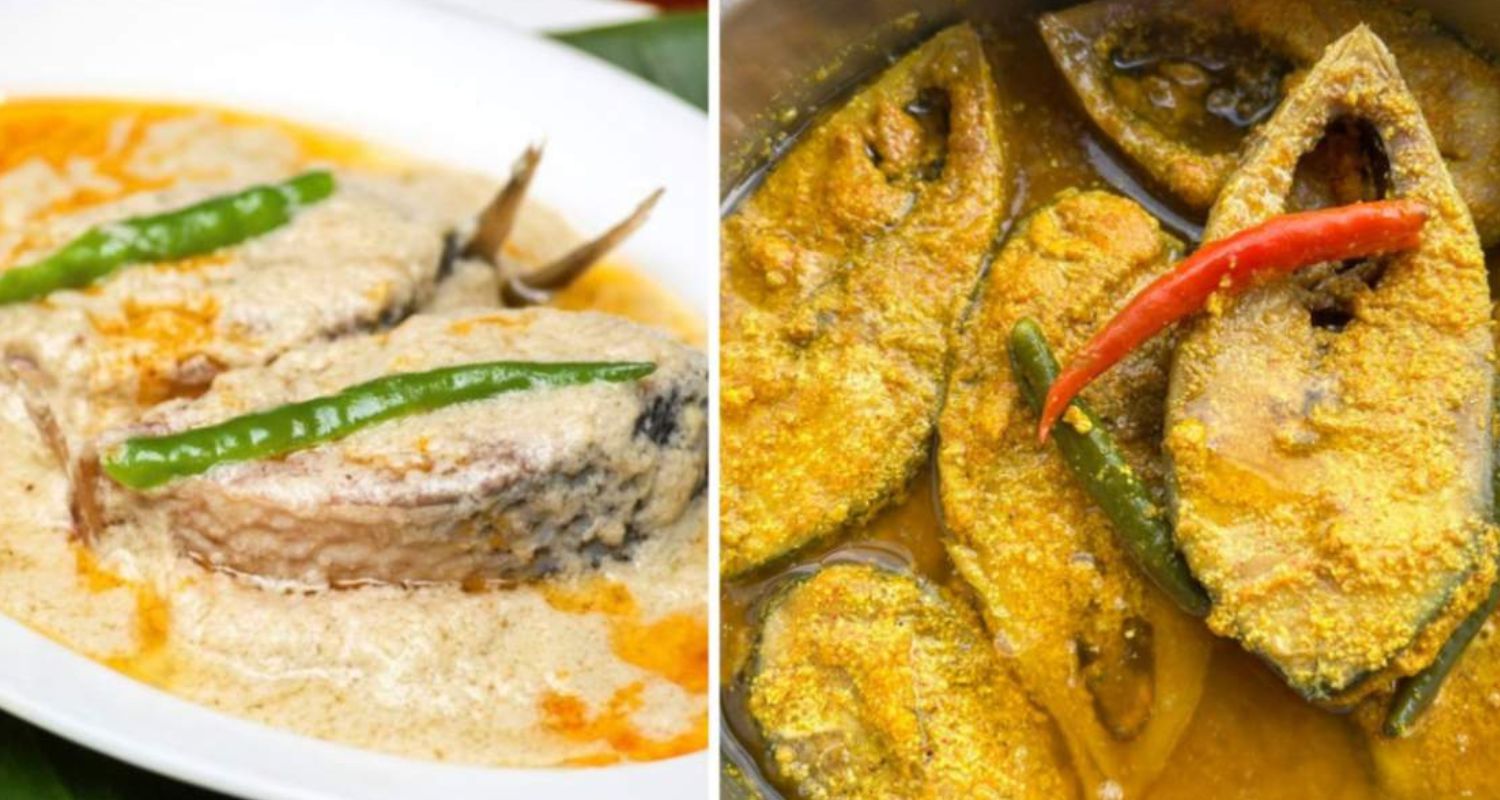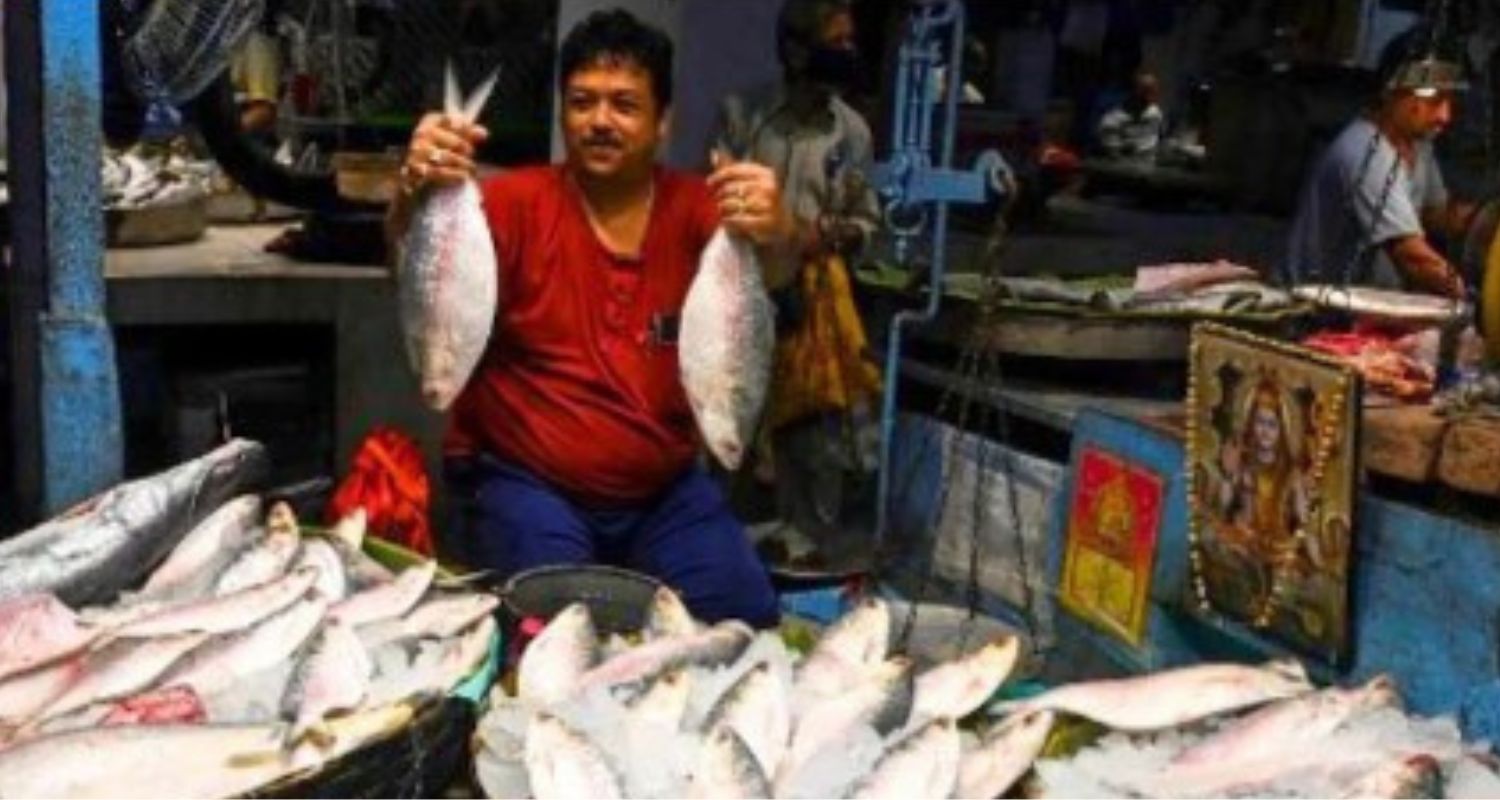Trending:
Essence of Hilsa to burn a hole in Indian pockets
Bangladesh govt has reimposed a ban on export of Hilsa, also known as 'queen of fish’, to India.News Arena Network - Kolkata - UPDATED: September 11, 2024, 05:01 PM - 2 min read

Bangladesh interim government has stalled export of Hilsa fish (in picture) to India.
Can the 'queen of fish’ — Hilsa or Ilish — be off the Bengali menu?
Certainly not!
The concern stems from the recent ban imposed by the Bangladesh interim government on the export of Padma Hilsa or ‘Ilish’ to India, a month before the most-popular festival of West Bengal, Durga Puja.
As per reports, the advisor to the Bangladesh Ministry of Fisheries and Livestock, Farida Akhter, has said that the government has imposed a ban to ensure sufficient supply for local consumers.
It has been learnt that the government has cited environmental challenges and a lower-than-expected Hilsa harvest as key reasons for the export ban.
Some suggest that political factors may have led to the decision, which is often termed as 'Hilsa diplomacy'.
However, the fish is harvested in Gujarat, Odisha, Myanmar and West Bengal too. Hilsa, henceforth, will never give Indian plates a miss.
Historical relevance
Bangladesh was once part of Bengal under undivided India.
The partition separated the Hindu-majority West Bengal from East Bengal, which later became Bangladesh.
This also displaced several families — a lot of Hindus were forced to migrate to West Bengal, while a lot of Muslims migrated to East Bengal.
Families divided by the border to this date argue, which side possesses the better-tasting Hilsa.
Is the one caught from the Padma river in Bangladesh or those from the Ganga in West Bengal?
Although the answer to the query is obvious, uttering the same might lead to a humorous, low-key verbal duel.
Significance of Hilsa in Bengali culture
Where most brahmins in other communities shun away from meat or fish, Bengali brahmins gladly devour them. Hence, it is offered to goddesses during puja.
Hilsa is an integral part of Bengali culture. From literature to art to folklore to weddings and festivals, the fish leaves its imprints on every aspect of ‘Bangaliyana’ (the Bengali way of living).
Verses have been penned on Hilsa by renowned Bengali poets and writers, namely, Rabindranath Tagore and Jibanananda Das.
In the early days, during Bengali weddings, Hilsa used to be wrapped in a red sari by the groom's family for sending it to the bride’s home. It was customary ritual.

Fish, in general, is considered very auspicious and lucky by Bengalis. During Jamai Shoshti (a ritual observed by Bengalis where the groom and the married daughter of the family are invited by the groom's in-laws and served a grand meal).
It is celebrated in the month of May or June, mothers-in-law buy Hilsa at exorbitant prices to playfully bully their sons-in-law into feasting.
Hilsa plays an important part during Saraswati puja too, when the Hindu goddess of learning is worshipped, pairs of the fish are presented to the deity as a sacred offering.
Hilsa also often features as a centrepiece in festivities like Poila Boishakh (Bengali New Year) and Durga Puja.
Hilsa is quite literally considered a symbol of wealth too, as it is more expensive. So, serving it to guests in weddings would mean making a statement.
The onset of monsoons marks the season to eat Hilsa. However, Benaglis devour it year round.
Renowned Bengali poets and writers, such as Rabindranath Tagore and Jibanananda Das, have penned verses on Hilsa.
Across time and genre, Bengali literature is strewn with references to the fish.
Be it in baroque eulogies to its silvery beauty or solemn observations on the vicissitudes of life.
Amritalal Basu, a 19th century playwright and theatre personality, in his poem Ilish celebrates the indulgent pleasure of Hilsa prepared in various forms.
Some of the most sought-after Hilsa dishes include Hilsa cooked in coconut milk, yoghurt-rich Hilsa curry, Hilsa steamed to perfection with paste of poppy seeds and European smoked Ilish and Hilsa roast.

Sometimes it’s a marker of socio-economic disparity, sometimes as a crest of propitious times, and above all, an icon of Bengaliness with all its quirks and kinks. Hilsa contains multitudes.
Previous ban on Hilsa export by Bangladesh
For years, Bengalis in India have eagerly awaited the arrival of Padma Hilsa from Bangladesh, especially during the Puja season.
It was a tradition maintained by former Bangladeshi Prime Minister Sheikh Hasina, who allowed Hilsa exports as a goodwill gesture, between August and October every year.
In 2023, officials say that the Bangladesh government announced it has permitted traders to sell nearly 4,000 metric tonnes of Hilsa to India ahead of the festive Durga Puja season.
However, recent political turmoil in Bangladesh, and the newly-formed government has decided to prioritise domestic demand for Hilsa, especially for lower-income households, which has meant putting a stop to exports to India.
Notably, a senior Bangladeshi journalist has revealed that in spite of the ban, the price of Hilsa in the Bangladesh market hasn’t dropped significantly. It is being sold for 1 kg of it being sold at for around Tk 1,800 to Tk 1,900.
Such a ban has not been imposed for the first time.
From 2012 to 2018, Hilsa exports were banned owing to disputes over the Teesta River water-sharing agreement.
The result was a sharp rise in prices and even some smuggling of fish across the porous India-Bangladesh border.
Impact on Kolkata’s fish market
In Kolkata, three main types of Hilsa are popular: the more affordable Burmese Hilsa from Myanmar, the Kolaghat variety from southern West Bengal, and the highly sought-after Padma Hilsa from Bangladesh.
For Kolkata’s fish traders, this decision has been a blow. Many had hoped to stock up on the prized Padma Hilsa, but now they will have to rely on imports from Myanmar and Odisha, which are already 30 per cent higher in price than last year, with further increases expected due to the unavailability of the Bangladeshi variety.

Reportedly, Bangladeshi Hilsa is being sold at the cost of ₹ 1,800 to 2,200 per kg and prices are expected to soar in its absence.
For now, the ban has dampened the mood of many traders and consumers. Despite hopes that the pause might be lifted if the harvest improves.
